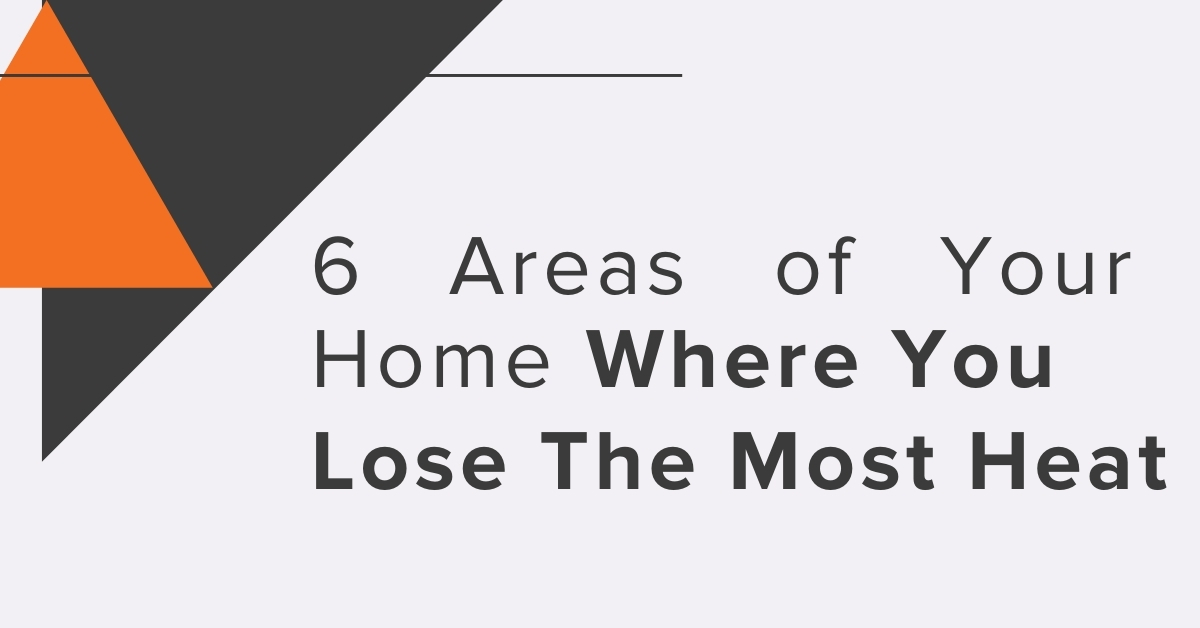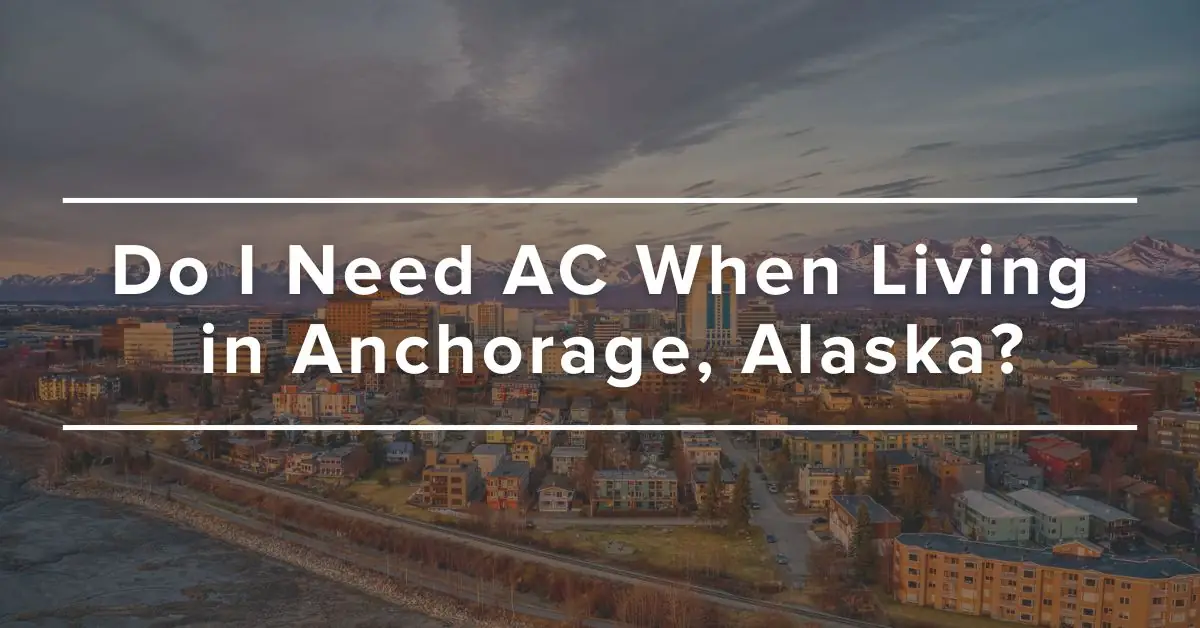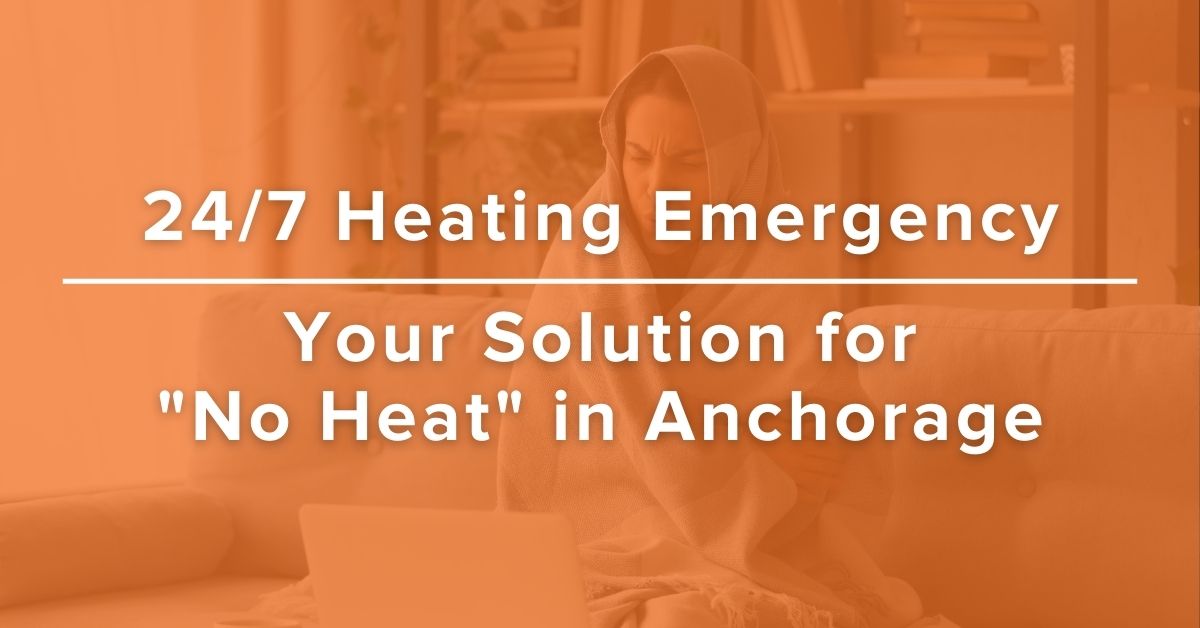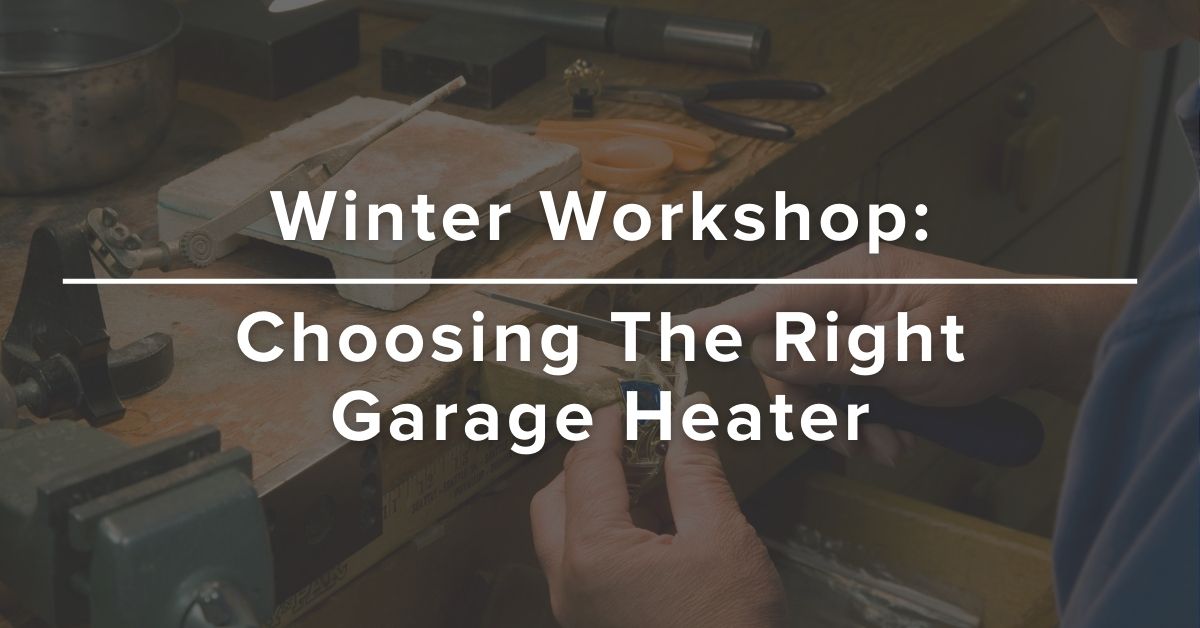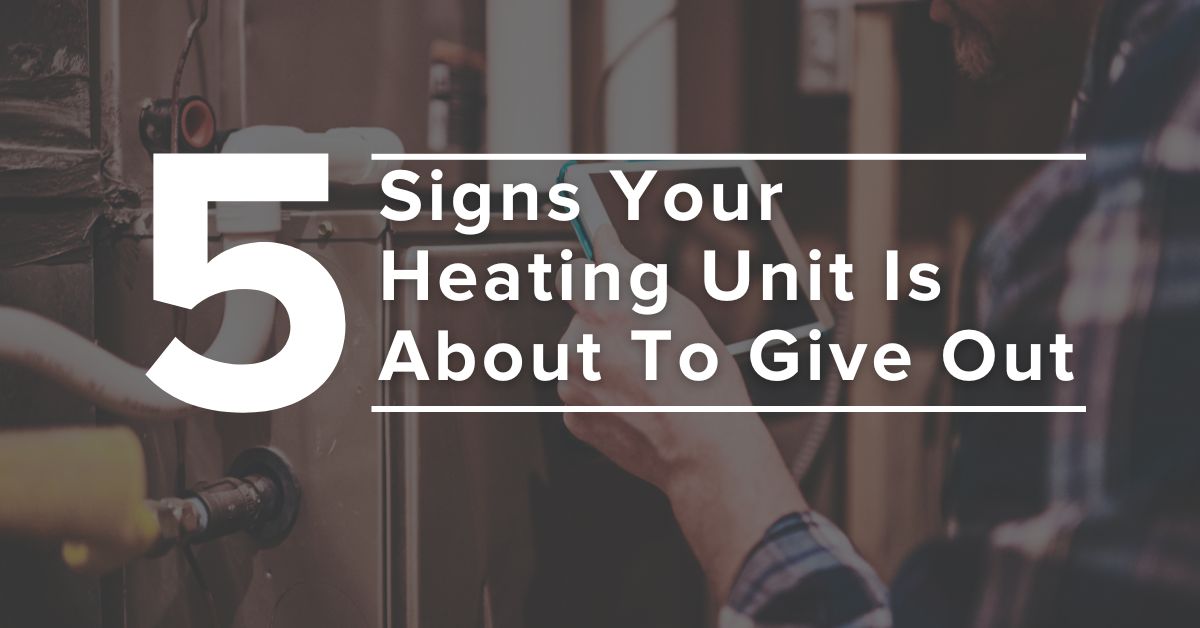Did you know …
Modern homes are usually built to far higher technical standards than buildings constructed a few decades ago and are much more energy efficient, due to better insulation and improved methods of eliminating air leakage. The result has been to make buildings more airtight so they hold onto the heat we put into them for longer. But there’s a drawback: our homes need regular changes of air to keep them healthy. Baths and showers, doing the dishes, clothes washing machines, watering plants and even simple breathing produce astonishing amounts of water inside our homes: according to leading ventilation manufacturer Vaillant, a typical family will produce 3–4 gallons of moisture each day! Let that problem go unchecked and you’ll get problems like mold and mildew, dust mites and a greater risk of asthma. Opening doors and windows is the obvious way to get rid of moisture and bring in fresh air, but if you do that in winter you might just as well flush your money down the toilet: all the heat you’ve expensively introduced into your home will blow away in the breeze. So what to do?
Let’s look to nature, which solved this problem some time ago. Our bodies are a bit like our homes inasmuch as they need regular supplies of fresh air and have constant clouds of damp, “stuffy” air to get rid of. How do they do it? With an ingenious invention called the nose! As a child, you might have learned that it’s better to breathe through your nose than through your mouth because your nose warms and filters incoming air. What your nose actually does is called heat exchange: it lets cool incoming air flow very close to warm outgoing air so heat energy is transferred between the two instead of being lost. As a result, the air you breathe in is warmer and the air you breathe out is cooler.
So how do we duplicate this “nose” effect in our homes? It’s with a wonderful device called a Heat Recovery Ventilation system, or HRV. HRVs are essentially noses on houses: they consist of two ventilation ducts running next to one another passing between the inside and the outside of a house. One carries cool, fresh air in; the other carries moist, stale air out. The clever bit is that the airstreams run through a device called a heat exchanger that allows the outgoing air to pass most of its heat to the incoming air without the two airstreams actually mixing together. Usually there’s a fan (blower) in each duct that can be turned up or down either manually or automatically depending on the temperature and humidity levels. The incoming air supply may also have a bypass fitted to it so that on summer days when it’s cooler outside than in, cold outside air can be channeled straight into the home without meeting outgoing air (much like opening a window).
HRVs have an obvious appeal: they give you a warm well ventilated home and keep you from “emptying your wallet” into the atmosphere every time you open your windows. In winter, they can help save on your heating bills; in summer, they reduce the need for air conditioning, which in Alaska is becoming more and more common with our warmer-trending summers. By keeping excess moisture out of your home, it’s better for your building, your furnishings, and your health and HRV’s help to keep the “climate” inside your home at a more constant level. And because we’re increasingly concerned about energy efficiency, these systems typically retain about two thirds to three quarters of the heat that would normally be lost from your home through ventilation (some manufacturers claim 85–95 percent), so they really do save energy.
Determining which HRV is right for your home, is what our Comfort Consultant does with one simple, easy and free evaluation. Give us a call at 907.561.3490 and let us deliver real comfort to your home!



